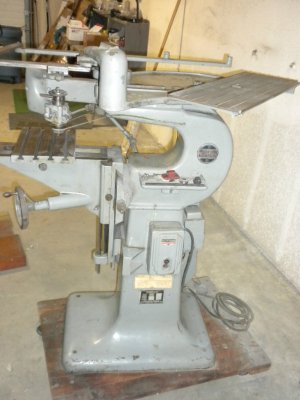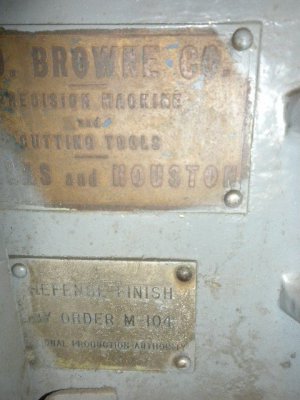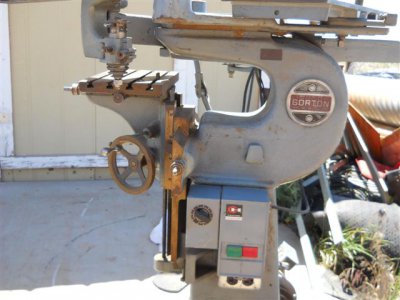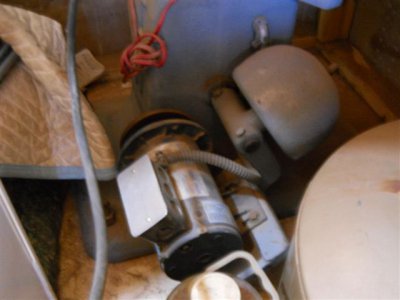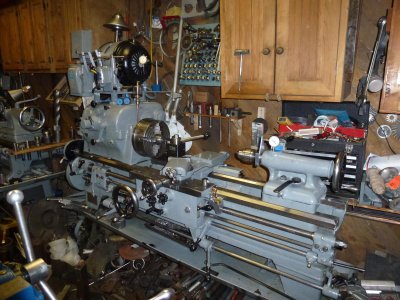- Joined
- Apr 14, 2014
- Messages
- 3,168
I'm pretty sure surface finish of cast parts was the major difference between machines built explicitly for the war effort and those built for the retail market. In most cases machines built for the retail market were ground as close to possible to a smooth finish. Small casting voids were filler with either lead or similar filler product, then sanded to a smooth finish and painted.
Machines built for the war effort had rough spots ground down, but rarely had the small casting voids filled, or were sanded to a smooth finish before applying paint. I have some inspection sheets in publications from Sheldon for periods before, during, and after WWII. All the technical specs appear to be the same.
Machines built for the war effort had rough spots ground down, but rarely had the small casting voids filled, or were sanded to a smooth finish before applying paint. I have some inspection sheets in publications from Sheldon for periods before, during, and after WWII. All the technical specs appear to be the same.


